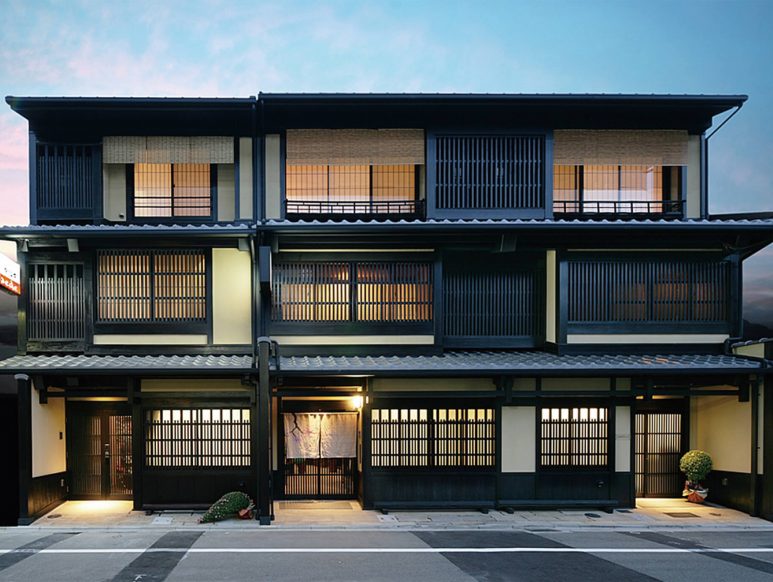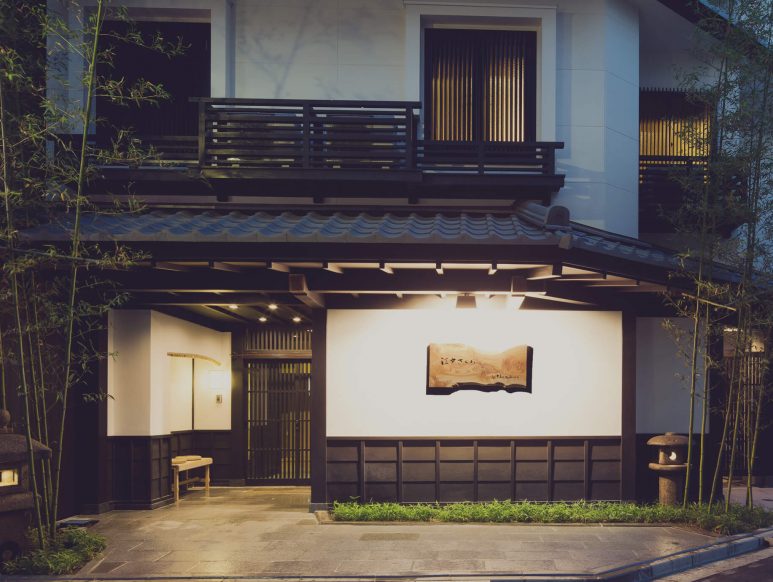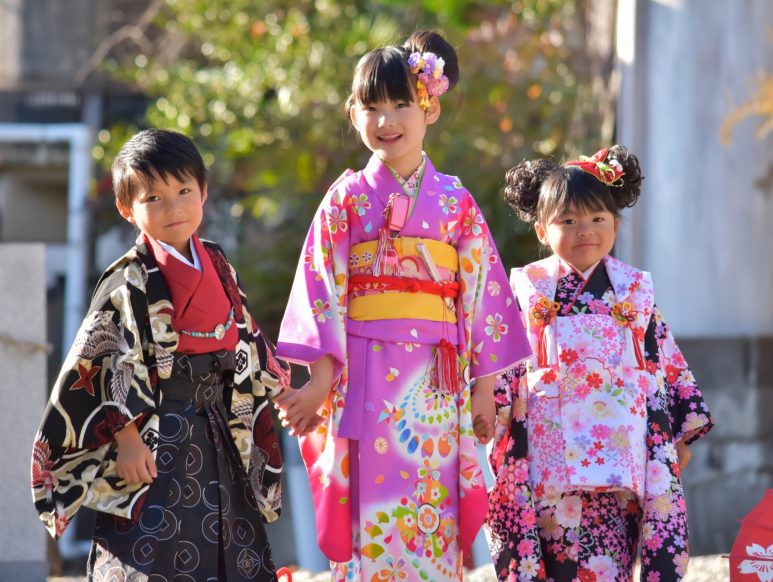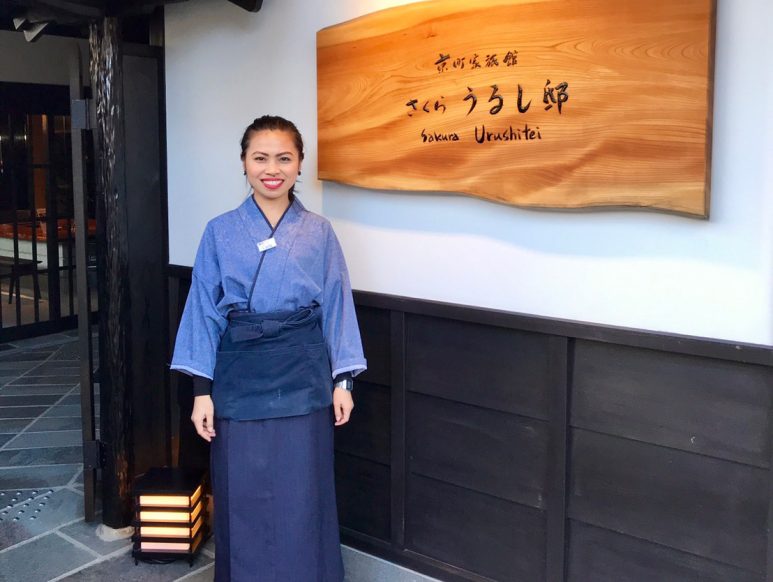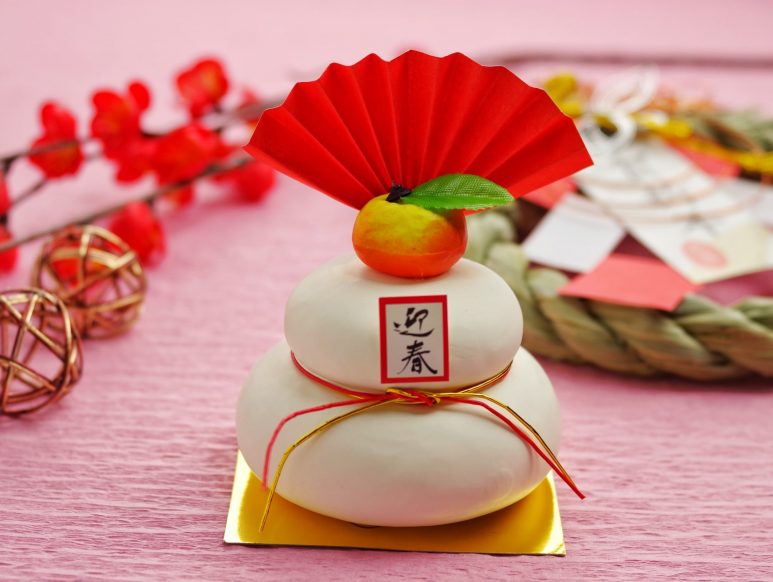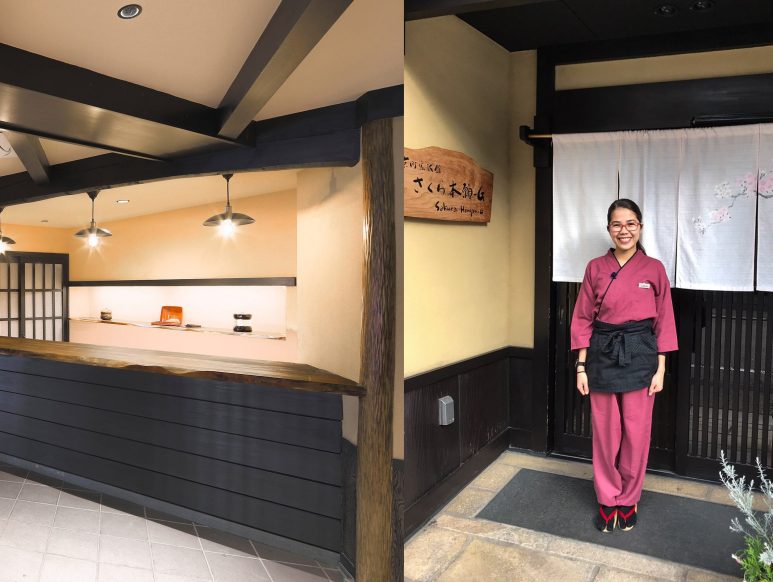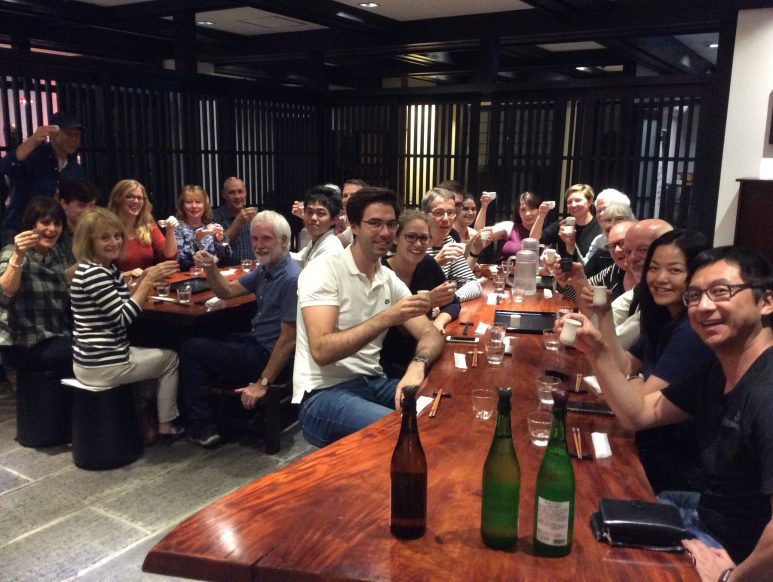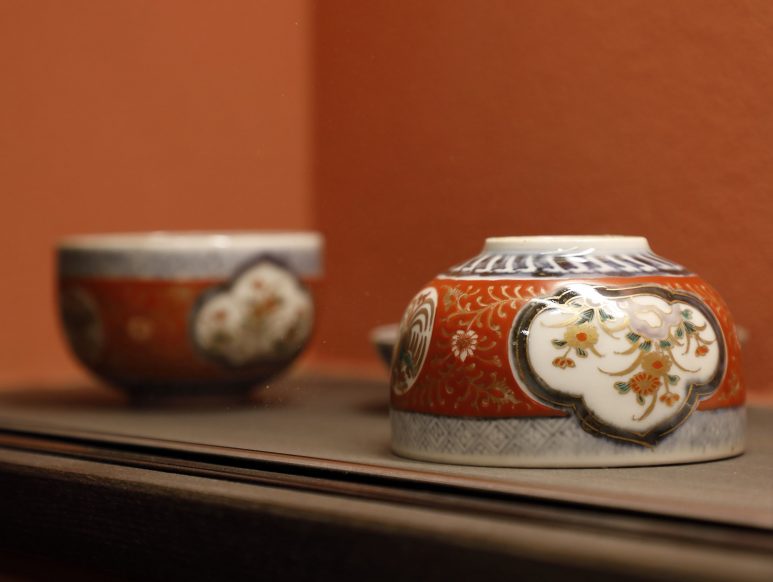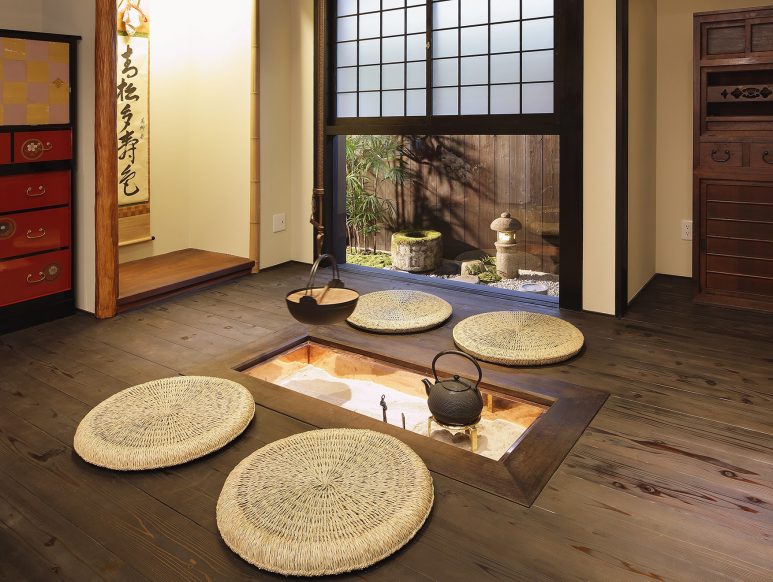Feb 27, 2020
- Edo Sakura
- Kyoto
- Sakura Hongan-G
- Sakura Urushitei
- Tokyo
Traditional Japanese Breakfast Meals you must try
The importance of Breakfast
Breakfast is the first and undoubtedly the most important meal of the day. Medical experts have always stressed the need for a well-rounded and nutritious breakfast. The first meal breaks the overnight fast to replenish glucose levels. Therefore, breakfast provides you with essential nutrients that keep you energized all through the day. The traditional Japanese breakfast still stands as one of the best ways of starting the morning, because of its ingredients.
Some prefer just a cup of coffee and a slice of bread to get them going in the mornings. Adults make do with less but children cannot function properly in school if they are not given a healthy meal in the morning. Do not skip breakfast if you plan to be highly productive at home, school and work.
What makes a healthy breakfast?
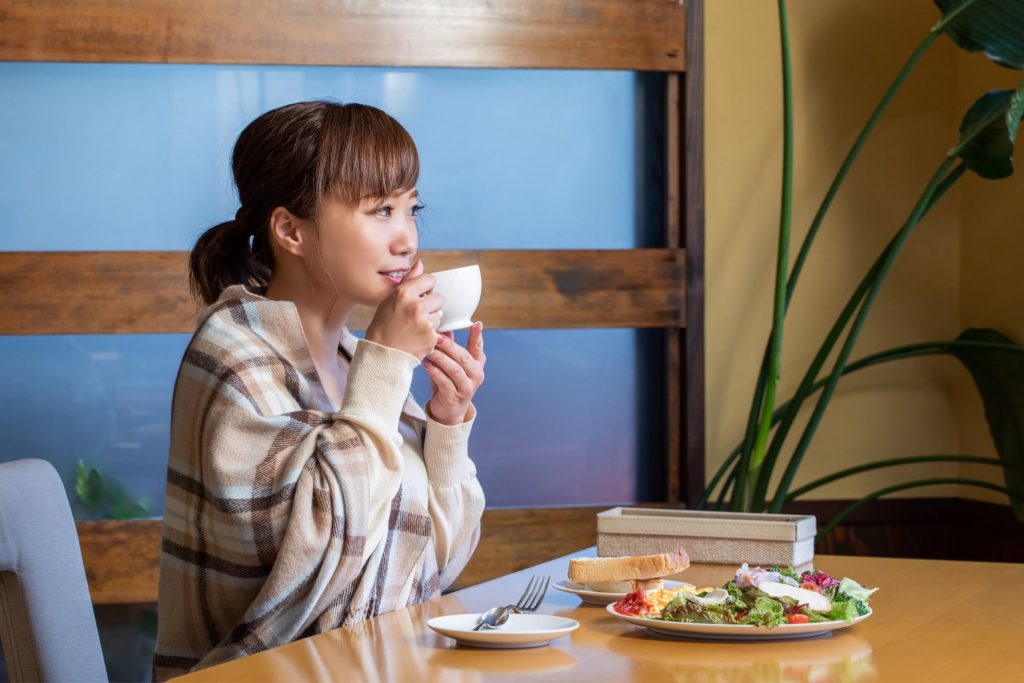
The definition of a healthy breakfast is different for everyone. In order to do justice to your own health, a balanced breakfast consisting of proteins, carbohydrates and dairy is necessary. The ratio and form of each component may vary. Cereals rich in oats combined with Greek yoghurt or milk make a great source of proteins and carbohydrates. You can add your choice of fruits like strawberries, blueberries or bananas. By the same token, a turkey and egg sandwich also does the trick. Milk, coffee, tea or fresh juices are some common beverages at breakfast time.
How do the Japanese feel about breakfast?
The Japanese feel very strongly about having a healthy breakfast to start the day off. Hence, their philosophy is to never eat anything for breakfast that you would not eat for dinner. This is why the components resemble lunch or dinner. Each dish is light on the palate and can be digested very easily mainly because the dishes are not fried or greasy. The Japanese breakfast only looks complicated because of the number of dishes involved. In reality, this breakfast has something for everyone and the portion sizes are adjusted according to one’s appetite.
How does a traditional Japanese breakfast differ from others around the world?
The Japanese prefer fresh and flavorful ingredients for all their meals. Thus, a typical Japanese breakfast includes a combination of light, healthy proteins, umami flavors and starches. Umami is a Japanese word. It describes a pleasant savory or meaty taste. In a Japanese style breakfast, the focus is on salty and savory flavors to keep you satisfied and energized all day long. However, the real charm of a Japanese breakfast lies in the fact that it is flexible. Consequently, you can leave off, combine or add ingredients in a single bowl or a Bento box. Briefly, The Bento box is a reusable lunch box designed by the Japanese that holds multiple dishes for a complete meal.
5 main elements included in a Japanese breakfast
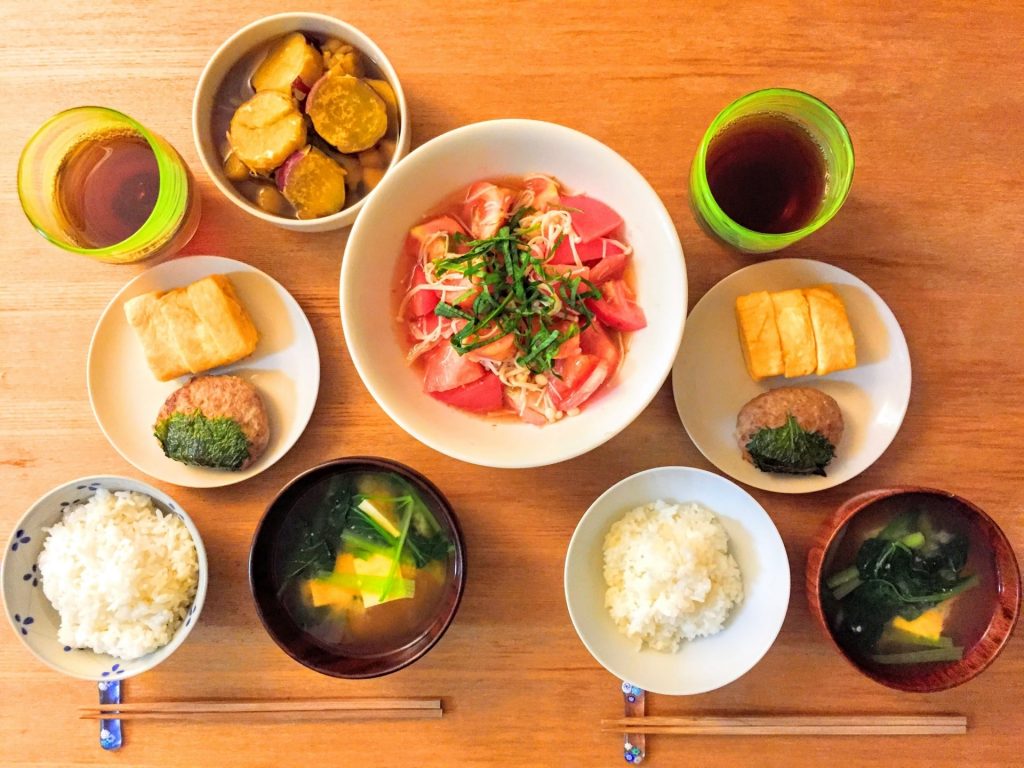
The Japanese breakfast consists of five main dishes which are complemented by a number of side dishes.
Steamed Rice or Gohan:
The whole Japanese breakfast is designed around the steamed white rice called gohan. This is the same short-grain rice used in sushi. Brown rice called genmai can also be used instead. In order to balance out the tangy richness of all the other dishes, rice is used because it is starchy, nutritious as well as neutralizing. You can top the rice with pearly salmon roe called Ikura or the golden creamy sea-urchin. They help add color, texture and saltiness to your rice bowl.
Omelet served with Furikake:
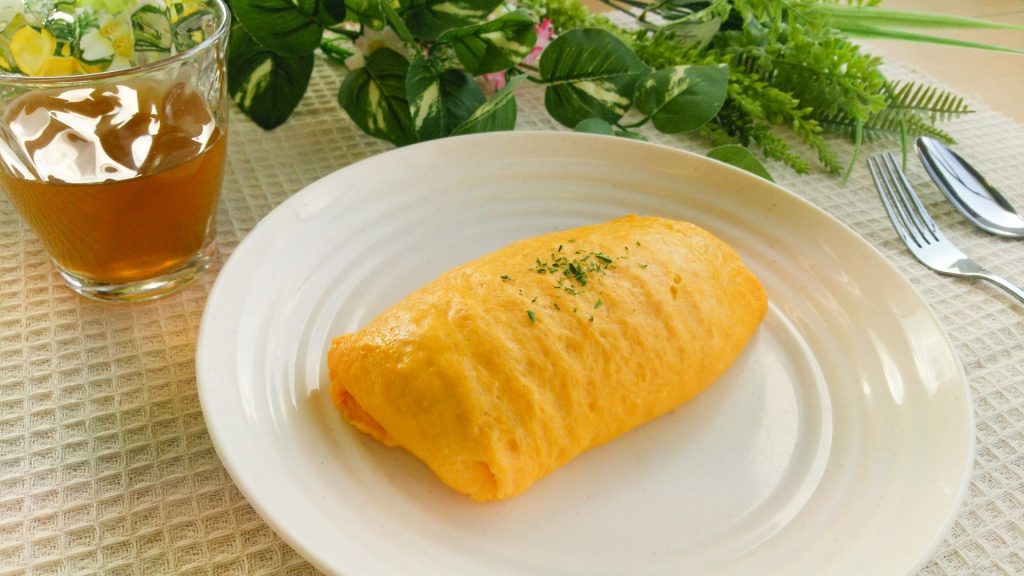
No breakfast can be complete without eggs. As a result, the Japanese like to have eggs served with Furikake. Namely, it is a dry mixture of ground sesame seeds, roasted sea greens (nori), bonito flakes (katsobushi), dried shrimp (hoshi ebi), dried anchovies (niboshi), a bit of salt and sugar. This adds savory flavor to the omelet and makes it tastier.
Fresh vegetables and salads:
Vegetables are hardly a part of common breakfast dishes around the world. Japanese breakfast, on the other hand, includes a variety of fresh vegetables to ensure a great start to your day. The most common vegetable dish is called tsukemono. It contains cucumber, carrot, daikon radish, eggplant, cabbage, ginger, water lily root and shallots are pickled to combine savory, sweet and sour flavors. Tsukemono helps elevate the taste of neutral foods and enhance their flavors. It also cuts down the richness of stronger foods to make them easier to enjoy. A simple vegetable side dish is called kobachi. It can include steamed vegetables, sea greens and cucumber/cabbage salads.
Grilled Fish:
Fish is rich in protein and omega-3. It is a common part of every traditional Japanese breakfast. Grilled or pan-sauteed fish is called yakizakana in Japanese. Mostly, smoked salmon or mackerel is prepared by salting, then broiling or grilling on each side. Grilled fish is light on the palette and full of proteins required after an overnight fast.
Miso Soup:
The Japanese breakfast commonly includes a bowl of warm, filling soup called Miso soup or miso shiru. It is prepared with fermented soybean paste (miso) and dashi broth. Miso soup can be made even more flavorful by adding tofu, wakame seaweed, sliced green onion and mushrooms.
Additional Components of a Japanese Breakfast
Natto:
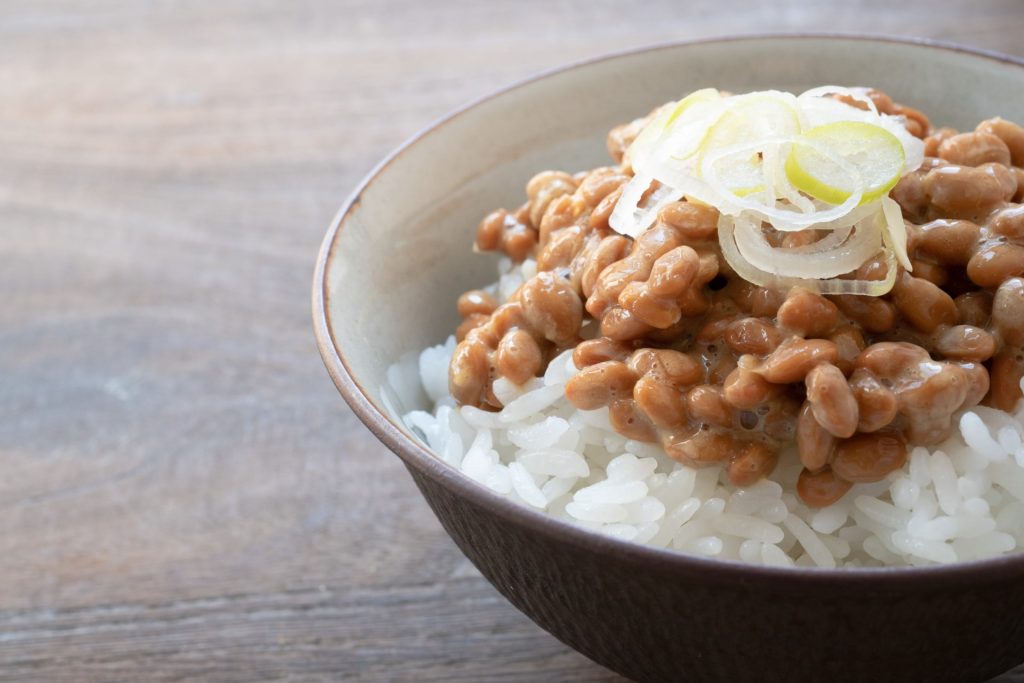
Natto is a dish rich in nutrients and protein. It is made from fermented soybean and has a slimy texture with ammonia-like aroma. Therefore, natto gives a unique savory kick to your breakfast with an earthy taste. It is often mixed with rice, egg, mustard, soy sauce and other condiments. If you end up liking Natto, it will earn you major brownie points with the Japanese.
Green Tea:
Finish off your traditional Japanese breakfast with a cup of green tea. It does not get better than this. Green tea helps digest the food faster and also cleans the palette.
The Japanese breakfast is going global
Health conscious people in English-speaking countries have started taking serious interest in the Japanese cuisine especially their traditional breakfast. At first glance, the assortment of dishes in a Japanese breakfast is more than what is eaten in American and European homes generally. The real reason people are liking the idea of a Japanese style breakfast is because it is the healthiest and most fulfilling breakfast anywhere in the world. It regulates metabolism levels, provides enough energy to function till lunch time and each dish is so easily digested that one does not feel heavy afterwards.
Restaurants have started providing lunch boxes to offices and it is a great bonding opportunity at the workplace. Moreover, the Japanese breakfast has proven to be the best meal to cure a bad case of hangover. Our tip: stay away from the tofu because it will make your hangover worse. Substitute with potato cubes in your bowl of miso soup to feel better.
To conclude, if you wish to experience the benefits of a traditional Japanese breakfast the right way, it is necessary to visit Japan. Our chain of Ryokan in Kyoto city will give you a taste of authentic Japanese cuisine surrounded by the tranquility of our Japanese style rooms.


